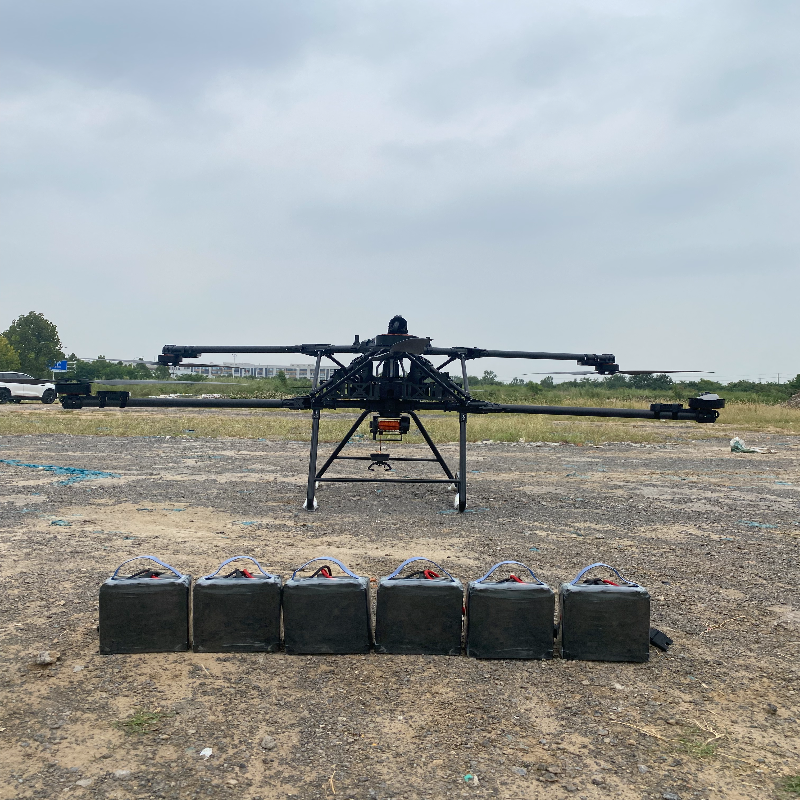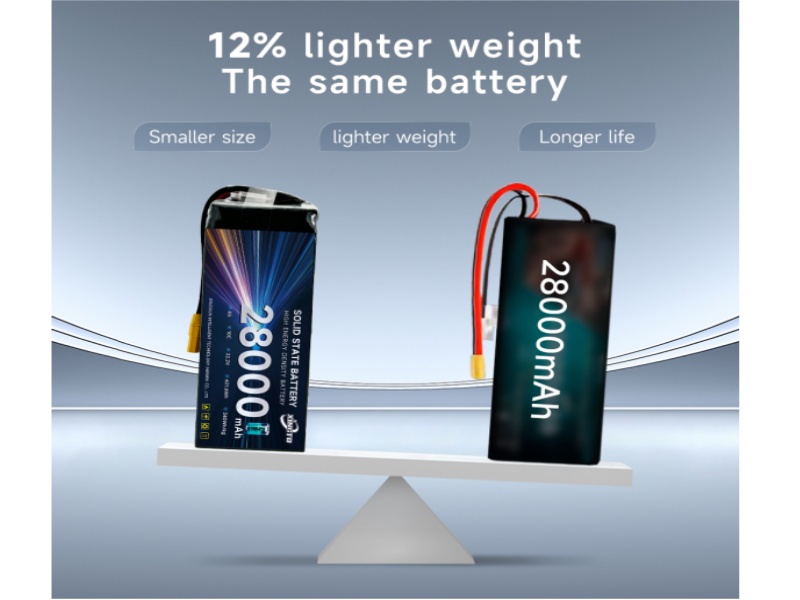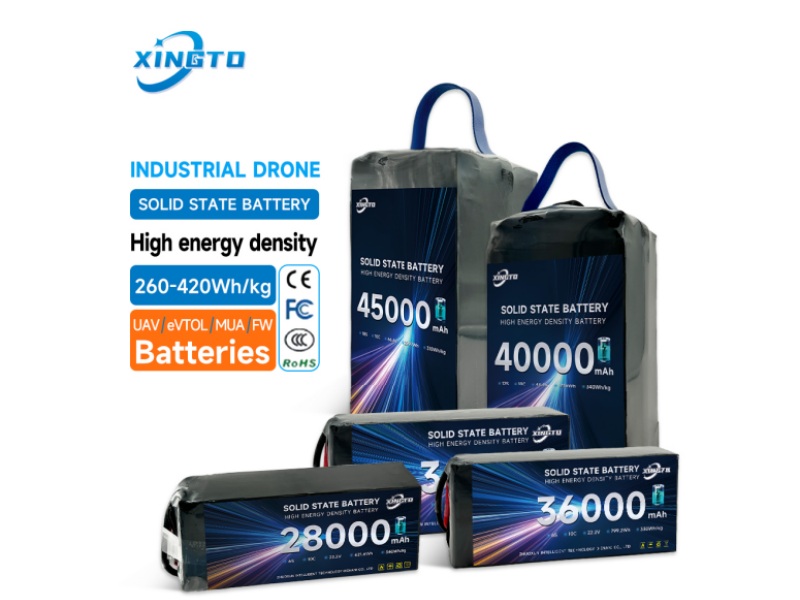Lithium Polymer (LiPo) batteries power everything from drones to RC cars, but their high energy density comes with risks. A damaged or aging LiPo can swell, leak, or even combust, while improper disposal harms the environment. This article explains how to identify a faulty LiPo battery and safe disposal methods, including Xingto's advanced semi solid-state battery as a safer alternative.

How to Know If a LiPo Battery Is Bad
1. Physical Signs of Damage
- Swelling/Puffing: Gas buildup from overcharging or physical damage. Immediately stop using swollen batteries.
- Cracks/Dents: Compromised casing risks internal short circuits.
- Leaks: Electrolyte seepage indicates cell rupture—handle with gloves and dispose of properly.
2. Performance Red Flags
- Shortened Runtime: Capacity loss >20% signals degradation (e.g., a 5000mAh battery lasting only 15 mins vs. 30 mins).
- Voltage Drops: Healthy cells maintain 3.2V–4.2V; below 3.0V indicates over-discharge damage.
- Overheating: Temperatures >60°C (140°F) during use/charging suggest internal faults.
3. Technical Testing
- Voltage Check: Use a multimeter to test each cell. Imbalanced cells (>0.1V difference) are unsafe.
- Internal Resistance: >20mΩ per cell (measured with a LiPo tester) indicates aging.
- Capacity Test: A full charge/discharge cycle revealing <80% of rated capacity means replacement is due.
Pro Tip: For industrial drones, Xingto’s semi-solid batteries (e.g., 6S 37000mAh) feature built-in BMS to prevent over-discharge/overcharge, reducing failure risks.
How to Dispose of LiPo Batteries Safely
1. Pre-Disposal Steps
- Discharge to 0V: Use a LiPo discharger or halogen bulb setup (DIY method) until voltage reads 0.0V.
Exception: Do NOT discharge swollen/damaged batteries—skip to step 2. - Cool Down: Let the battery rest for 2+ hours after discharge.
2. Safe Disposal Methods
- Saltwater Bath: Submerge in saltwater (½ cup/gallon) for 2 weeks to neutralize chemicals.
- Recycling Centers: Locate facilities via Call2Recycle.org or RC hobby shops.
- Fireproof Containers: Store batteries in sand/ammo boxes until disposal.
Never: Puncture, incinerate, or trash charged LiPos—thermal runaway can cause fires.
3. Alternatives for Damaged Batteries
- Professional Services: Mail-in programs (e.g., Earth911) handle hazardous waste.
- Retail Drop-Off: Best Buy, Home Depot, and battery retailers often accept LiPos.
Why Choose Xingto Semi-Solid Batteries?
For users seeking safer, longer-lasting LiPos, Xingto’s semi-solid technology offers:
✔ No Swelling/Leaks: Stable electrolyte prevents gas buildup.
✔ 1000+ Cycles: 2–3x lifespan vs. traditional LiPos (300–500 cycles).
✔ Built-in BMS: Auto-balancing and overcharge protection.
✔ Extreme Weather Use: Operates at -40°C to 60°C.

Top Picks:
- Xingto 6S 37000mAh: 260Wh/kg density, 10C discharge, 3.53kg weight (ideal for heavy-lift drones).
- Xingto 14S 33000mAh: 420Wh/kg, 60-min fast charging (logistics/industrial use).
Conclusion
Recognizing a bad LiPo battery (swelling, voltage drops, overheating) and disposing of it safely (discharge, saltwater, recycling) are critical for safety and sustainability. For upgraded reliability, Xingto’s semi-solid batteries combine longevity, safety, and performance—ideal for hobbyists and professionals alike.





